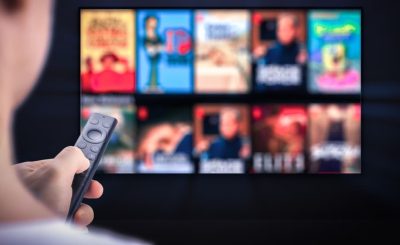Live sports broadcasts represent one of the most technically demanding challenges for IPTV systems due to their real-time nature and high viewer expectations. When watching crucial sporting moments, even a few seconds of delay can significantly diminish the viewing experience, especially when viewers might receive game updates through other channels before seeing the action unfold on their screens. Viewers who get XtremeHD IPTV uk services and similar platforms specifically for sports content are susceptible to these technical limitations.
Streaming delay science
Live streaming inherently introduces some delay compared to traditional broadcast methods. This latency occurs through multiple stages of the transmission process: video capture, encoding, transmission over networks, decoding, and finally, display on viewing devices. Traditional satellite and cable broadcasts typically experience 5-10 second delays, while IPTV streams often face challenges maintaining similar performance levels without optimization.
Several technical factors affect the magnitude of this delay, including encoding complexity, buffer sizes, network congestion, and processing capabilities of both server and client devices. Higher-resolution streams require more data and processing power, potentially increasing latency if the system isn’t correctly optimized. The compression algorithms also present a trade-off between image quality and processing speed, with more efficient compression often requiring additional computational time.
Adaptive bitrate technology
Modern IPTV platforms implement adaptive bitrate streaming technologies that dynamically adjust video quality based on available bandwidth and network conditions. This technology segments video content into small chunks that can be delivered at various quality levels, allowing the system to respond to changing network conditions without interrupting playback.
When network conditions deteriorate, these systems can seamlessly switch to lower-quality streams to maintain continuity rather than forcing viewers to endure buffering. This adaptive approach prioritizes maintaining playback over absolute quality, which proves particularly valuable during live sports where missing action is more frustrating than temporarily reduced resolution. The best implementations make these transitions nearly imperceptible to viewers while minimizing additional latency.
IPTV player optimization strategies
The software client used for viewing streams significantly impacts performance. Well-designed IPTV players implement several techniques to minimize perceived delay:
- Reduced buffer sizes that prioritize immediacy over guaranteed smooth playback
- Frame rate preservation mechanisms that maintain fluidity during bandwidth fluctuations
- Efficient decoder implementations that reduce processing time on viewer devices
- Selective frame dropping that sacrifices some frames rather than causing playback stalls
- Parallel processing of audio and video streams with intelligent synchronization
Users can often adjust these settings within their IPTV applications to find the optimal balance between reliability and immediacy based on their network conditions and personal preferences. Some viewers with stable connections prefer minimizing buffer sizes to reduce delay, while those with variable connectivity might choose larger buffers to ensure uninterrupted viewing.
Video quality continues increasing with 4K and eventually 8K broadcasts becoming standardized, the pressure to maintain or improve latency metrics drives the development of more efficient encoding algorithms, transmission protocols, and playback technologies. For sports enthusiasts, these improvements promise increasingly seamless viewing experiences that more closely approximate the immediacy of being at events in person.








